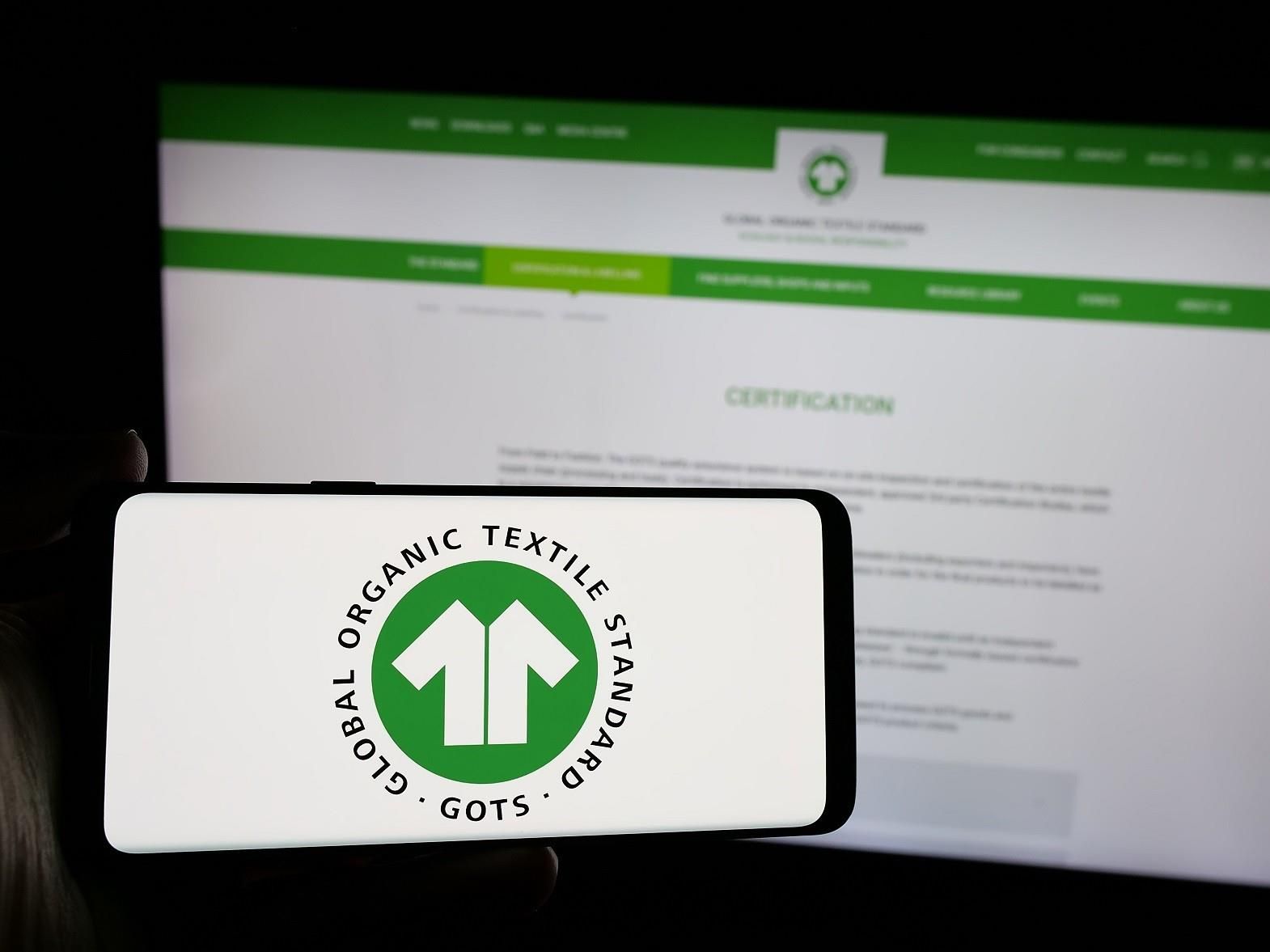It is necessary to preserve the Earth and its resources. If this step is not taken satisfactorily by each and every human being, the consequences may be grave. We should mind every action that we perform. We should see to it that it does not harm the environment in anyway. Textile industry should especially make efforts in this direction.
Textile industry is the most pollution generating industry in the world. Nitrogen, sulphur oxides, hydrocarbons, formaldehyde, acids, softeners, and other compounds are released into the air. It emits salt, surfactants, ionic metals and their metal complexes, toxic organic chemicals, biocides, etc. into water bodies. It also discharges pollutants into the land.
Consumers are increasingly becoming aware of such hazardous impacts of the textile industry. They prefer to choose products that are environment friendly. Manufacturers and retailers are forced to find eco friendly ways to produce clothing. They adopt practices that do not harm the environment in any way and also obtain a sustainability certification to impress their takers!
Companies usually get themselves certified in order to prove that they are eco friendly to their consumers. Global Organic Textile Standard (GOTS) is one of the most well known certifications in the field of textile sustainability. This initiative helps companies all over the world follow certain practices that are considered environment friendly and sustainable.
GOTS was formed with a conference organized in Dusseldorf, Germany in 2002. Many organic cotton producers, textile manufacturers, retailers, and consumers participated in this conference. The need to have a fixed set of rules for producing sustainable textile was decided upon. Standards were framed that were to be followed by manufacturers.
Bluesign Technologies formulated a standard for sustainability in the textile industry way back in 2000! Many companies strive to achieve this recognition in modern times. Getting this recognition on their products makes their products eco friendly before the consumers. Nike, Marks and Spencer, and many other brands are BlueSign approved.
Hans-Jurgen Hubner, CEO, Schoeller Textil AG and Initiative Partner, Bluesign concept says, "By converting production to the Bluesign standard, we reduced CO2 emissions by 900 tons in 2002 compared to the previous year. This is equivalent to the emissions that 180 households generate in one year. We reduced our energy consumption by well over 10%. We now use 65% less water for our dyeing processes."(Source: Bluesign.com).
William McDonough and Dr. Michael Braungart, published the book 'The Hannover Principles: Design for Sustainability' in 1992 and 'Cradle to Cradle: Remaking the Way We Make Things' in 2002. They realized the need to incorporate the methodologies mentioned in the book in practical life. They started the Cradle to Cradle (C2C) certification program keeping this objective in mind.
Textile companies and retailers having C2C certification have also benefited as a "business unit" from this certification program. It has helped consumers distinguish their brand as more ethical brands as compared to the rest. It is one of the major international certification programs and its strategies help business houses immensely.
The earliest of all the textile sustainability certification programs is Oeko-Tex Standard. Formed in 1992, Oeko-Tex has been setting rules and regulations for production and retailing in the textile industry. Textile companies approved by this organization do not make use of certain chemicals that are considered harmful to the environment.
The first Oeko-Tex certification was issued in the year 1997. It developed as a full fledged certification program in Austria and Switzerland, initially. Later on, it came to be valued everywhere across the world. This certification program is a big hit in the textile industry! Textile manufacturers and retailers are easily convinced to opt for it.
The need for certification of sustainable textiles was felt long before any of the certifications came into existence. Many textile manufacturers claimed to adopt environment friendly methods to produce garments when actually their methods were no different than the rest! These certifications helped consumers distinguish genuinely sustainable products from the fake ones.
GreenGuard certification is yet another one of the many certifications for textiles and fabrics. Though it is not meant solely for fabrics, this certification holds a lot of value in the textile industry. It has its own limitations, though! It only checks if chemicals are emitted out of the fabric at room temperature after manufacture. It does not check whether its production or selling procedures are eco friendly or not.
GreenGuard came into existence in the year 2000. This certification mark has been used in various products including textile products, since then! Other than GreenGuard, SMART (Secondary Materials and Recycled Textile) is also a recognized certification mark in this industry.
Sustainability has become mandatory in every sector. Textile sector is no exception! It has become inevitable for related corporate offices to adhere to these practices. Otherwise, they remain behind in the rat race. Companies and retailers are increasingly getting themselves certified to be inside the sustainability wagon.
References:
- Indiantextilejournal.com
- Global-standard.org
- Bluesign.com
- C2ccertified.org
- Oeko-tex.com
- Furnicology.com








Comments